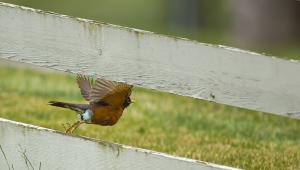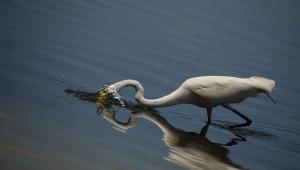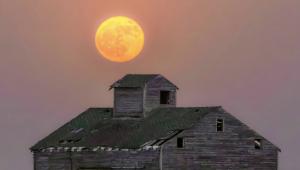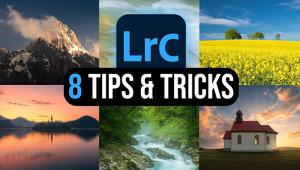The Lens Filters You Need & Those You Don't for Shooting Outdoors (VIDEO)

Let's face it: There are so many types of lens filters available in different configurations that the task of purchasing these accessories can be extremely confusing. And the choices you make often depend upon the specific types of photographs you shoot and even the manner in which your edit your work.
This quick and enlightening tutorial features Romanian-born photographer Vlad Manea who now lives in Germany. He's also an adept instructor specializing in quick lessons for beginning shooters. This episode is all about choosing lens filters that will enhance your results, without wasting money by falling victim to the dreaded gear acquisition syndrome, i.e. purchasing filters that you'll rarely or never use.
The discussion covers a variety of filter options from the common UV and polarizers, to those named VND, ND, CPL, and others. Manea's goal is to help you make an informed choice by explaining what these filters are designed to accomplish and the most effective ways to use them.

Many photographers routinely mount a UV filter on every lens they own, with the idea that they'll not only reduce ultraviolet light but protect the front element of the lens from dirt, scratches, and moisture. Manea, on the other hand, says he avoids this type of filter for reasons he explains.
Also a quite common choice is the polarizing filter that can be very effective for reducing glare and reflections from non-metallic surfaces. Its available with a rotating outer ring that enables you to accentuate or lessen the effect and can be particularly valuable for darkening pale blue skies or when there's water within the frame. These should always be used with discretion, because your images can appear lifeless if you remove all reflections from a shot.
Landscape photographers often refuse to leave home without an assortment of ND filters in their bag, including those of different strengths as well as at least one Variable ND filter for balancing the tones in scenes with a bright sky and significantly darker foreground. These can be expensive and take a bit of practice to employ properly, but they're capable of delivering spectacular results.

The foregoing is just a taste of the information Manea provides in this simple guide, so be sure to watch until the end. Then pay a visit to his popular YouTube channel where there much more to be learned about the basics of photography.
And speaking of making informed purchasing decisions, be sure to watch the tutorial we posted recently from another pro who discusses the difference between how many megapixels you want and how many you really need. It's often not the same!
- Log in or register to post comments

















































